(Last updated July 25, 2025)

Competency frameworks offer a structured approach to aligning employee skills, training, and performance development with business objectives. When scaled, they become a powerful tool for supporting sustainable organizational growth and adaptability.
Scalable competency frameworks align training, coaching, and development efforts across teams, enabling organizations to grow efficiently while remaining agile and future-ready. As companies expand, evolve, or face disruption, the need for clarity on the skills required, where they are needed, and how they should be developed becomes increasingly critical.
Traditional frameworks often fall short because they are rigid, time-consuming to update, and disconnected from the fast-paced realities of today’s workforce. A hybrid, scalable approach enables organizations to remain dynamic while fostering consistent talent development.
Why Most Competency Models Fail
In our recent webinar, “How to Build Competency Models That Drive Performance,” we addressed a recurring challenge: many competency models don’t get used. They’re created in a vacuum, lack a clear owner, and are disconnected from what the business needs. That’s why so many sit in a file, unused and ineffective.
This happens when organizations skip the foundational work. They build models without answering basic questions like:
- What business problem are we trying to solve?
- Who owns the framework—HR, Sales, or L&D?
- Should we engage a vendor or build it internally?
- What does success look like, and how will we track it?
These were just a few of the questions we addressed live—and they sparked a powerful dialogue among leaders across pharma, biotech, and med device. You can watch the full webinar here.
The Case for Competency Frameworks in a Growth Environment
Competency frameworks outline the specific skills, behaviors, and knowledge required for success in a role or across the organization. At their core, they define “what good looks like” and give structure to hiring, onboarding, training, coaching, and promotions.
For growing companies, these frameworks do more than describe ideal performance. They support workforce planning, enable targeted investments in learning, and facilitate more productive coaching conversations for managers. When designed to scale, they allow organizations to quickly adapt to changes in business priorities, technology, and customer needs.
Many high-growth organizations have utilized competency frameworks to support significant transitions, such as mergers, entering new markets, or adopting new technologies. By providing a shared language of performance, these frameworks help reduce confusion, eliminate redundancy in training efforts, and increase accountability at all levels.
Why Scalability Matters
Not all competency frameworks are created equal. Some are over-engineered and hard to maintain, while others are too generic to drive real change. A scalable framework is adaptable, relevant, and lightweight enough to be updated as the business grows.
The ability to scale means:
Teams can personalize the application of the framework without having to reinvent it.s.
Frameworks can expand across roles, departments, or geographies without losing relevance.
New competencies can be added quickly to address emerging needs or trends.

Scalability ensures that as organizations grow in size or complexity, they can continue to operate without needing to start from scratch. Instead, they build on a solid, flexible foundation that evolves with the business. This allows learning and development programs to mature in tandem with the company rather than falling behind.
Integrating Learning, Coaching, and Performance
One of the most powerful benefits of using competency frameworks is their ability to bring alignment across all aspects of talent development. When done right, they connect learning programs, coaching practices, and performance management into one cohesive strategy.
For example, imagine a sales team working under a scalable competency framework. The framework identifies skills like customer discovery, value storytelling, and resilience. These competencies guide hiring decisions, shape onboarding programs, inform coaching conversations, and are reflected in performance evaluations.
Instead of creating disjointed training sessions or ambiguous feedback loops, everything is tied back to clear expectations. Managers are no longer guessing what to coach. Employees know what success looks like. Learning teams can develop programs tailored to actual needs rather than relying on generic modules.
This alignment leads to a more efficient use of training resources and fosters a stronger culture of accountability and growth.
A Hybrid Approach: Structure Meets Flexibility
The most effective competency frameworks strike a balance between structure and flexibility. This hybrid approach combines a company-wide core model with role-specific or team-level adaptations.
At the enterprise level, core competencies reflect company values and strategic capabilities, such as collaboration, innovation, or customer focus. These set the tone for culture and leadership expectations.
At the functional or team level, additional competencies can be layered to reflect the realities of each business unit. A marketing team might prioritize digital fluency and brand storytelling, while a product team focuses on technical expertise and stakeholder alignment.

This hybrid design prevents the “one-size-fits-none” trap. It also encourages shared ownership of the framework. Employees and leaders can co-create or adapt the model to their specific context, thereby increasing engagement and enhancing its practical application.
Using a hybrid approach also supports scalability. As new teams are formed or new roles emerge, they can plug into the overarching framework while tailoring it to their specific environment.
Real-World Success Stories
Several leading organizations have shown how scalable competency frameworks drive growth. One global tech company utilized a flexible framework to accelerate leadership development during a period of rapid expansion.
With clearly defined leadership competencies across all levels, they were able to identify internal talent, roll out targeted coaching programs, and reduce external hiring costs. A healthcare system implemented a hybrid competency model to improve care delivery and operational efficiency across multiple sites.
By aligning training programs and performance standards to a consistent framework, they enhanced patient outcomes and reduced turnover among frontline staff. In another case, a startup scaling from 50 to 500 employees utilized competency frameworks to maintain its culture, prioritize high-impact development, and support career pathing, without overwhelming its HR team.
At a leading medical device company, the commercial organization experienced 64% revenue growth over three years by aligning a new skills model with company competencies. The model expanded from market access to sales reps and sales leadership, eventually supporting global teams. With field resource guides, case studies, and curriculum improvements, the company was able to scale performance while staying grounded in real behaviors.
And in another case from the pharmaceutical industry, a high-performing brand team quietly used a competency model behind the scenes to shape training and access strategy. Without formally launching the model, they gathered market insights, ran focus groups, and identified critical skill gaps. A targeted curriculum was built to close those gaps. Though the competencies were never published, the approach helped the brand become a market leader, driven not by flashy promotions but by real capability alignment.
These examples reinforce that competency frameworks are not just HR tools. When scaled effectively, they become central to business strategy and execution.
Technology as an Enabler
Technology plays a vital role in maintaining and scaling competency frameworks. Digital platforms can house competency models, link them to learning systems, and generate insights into skill gaps or development needs.
ACTO is one such platform purpose-built for Life Sciences. It allows you to:
- Push competency-based coaching and MLR-approved content directly to the field.
- Use ACTO OmniSight dashboards to connect training with field behavior and sales outcomes.
- Personalize learning journeys based on each rep’s skill set.
- Leverage GenAI tools like LAICA RepAssist™ for on-demand HCP conversation support.
It ensures your competency model isn’t just a PDF—it’s embedded in daily execution.
Outside of Life Sciences, look for platforms with similar functionality—like learning enablement, analytics dashboards, and AI-powered support. While Veeva is best known for CRM and compliance, companies should assess if integrations or complementary tools can bring their competency frameworks to life.

Getting Started with a Scalable Framework
Building scalable competency frameworks begins with clarity. Start by identifying core competencies that align with your mission and long-term goals. Then, engage functional leaders to define role-specific capabilities. Use pilot teams to test and refine the model before rolling it out more broadly.
Key best practices include:
- Start small, then expand. Begin with one department or job family and learn from the experience.
- Use plain language. Ensure competencies are described in clear, observable terms.
- Link to performance. Make the framework part of how you coach, review, and reward.
- Update regularly. Review competencies annually to reflect changes in strategy or the market.
- Engage employees. Co-create where possible to build ownership and increase usage.
When implemented in this way, competency frameworks remain practical and relevant rather than becoming static documents that sit in a file and never get used.
Competency frameworks are one of the most effective tools for driving performance, aligning teams, and supporting long-term growth. When built to scale, they become more than a checklist—they become an engine for adaptability and innovation.
In fast-moving organizations, the ability to align training, coaching, and performance systems around a shared model creates clarity and momentum. A hybrid approach adds flexibility, while technology ensures sustainability.
By investing in scalable competency frameworks, companies can build not only skills but also a future-ready workforce capable of meeting whatever challenges lie ahead.
Ready to build a future-ready workforce? Contact us to start designing scalable competency frameworks that drive growth, alignment, and lasting impact.
Prefer to start with the blueprint? Download the White Paper



